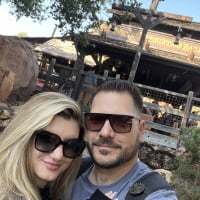What did you get today?
Comments
-
I am referring to the Opus X line. There are a few different types of Opus but they all have a Cuban seed wrapper. It’s what defines the brand.
0 -
Ok, just for reference, “Cuban seed” is a term used by almost every cigar manufacturer as a marketing ploy. Reason being that those of us that smoke more than twice a week and do research on the subject are in the 1% of cigar smokers. The other 99% just want a smoke whenever and correlate cuban and cigars to quality. Those 99% are also the ones that all the manufacturers go after because they already have the rest of us.
Any cigar that has a habano, criollo, or corojo wrapper, regardless of where it’s grown, is technically Cuban seed in the way that each strain was originally found to have been grown there. That’s where it ends though. Each of the seeds has been hybridized and crossbred so may times that the genetic makeup is nowhere near the original seeds.
If it don’t bother me, it don’t bother me. Just leave me alone.
3 -
Yes I know what New World means. I thought we were all supposed to be sarcastic! Haha the fact is you’re absolutely correct @Vision. All other cigar companies have a much better system. A lot of Cigars from Dominican, Nicaragua, and so on, I’ll have very reputable tobacco‘s and quality. I have never had an issue with New World Cigars. I may not agree with some of the flavors of Cigars, but their construction is always great and flawless. I have still yet to hear a recommendation of some Cigars from you. @ Vision!
0 -
@Ross_G89 said:
I am referring to the Opus X line. There are a few different types of Opus but they all have a Cuban seed wrapper. It’s what defines the brand.Few…Nope, Many.
But I would like to get your opinion on this one. I know this is a core line Fuente cigar but what are your thoughts? I’m assuming that they have these on the shelf of your local B&M currently? Would you happen to know the cost?
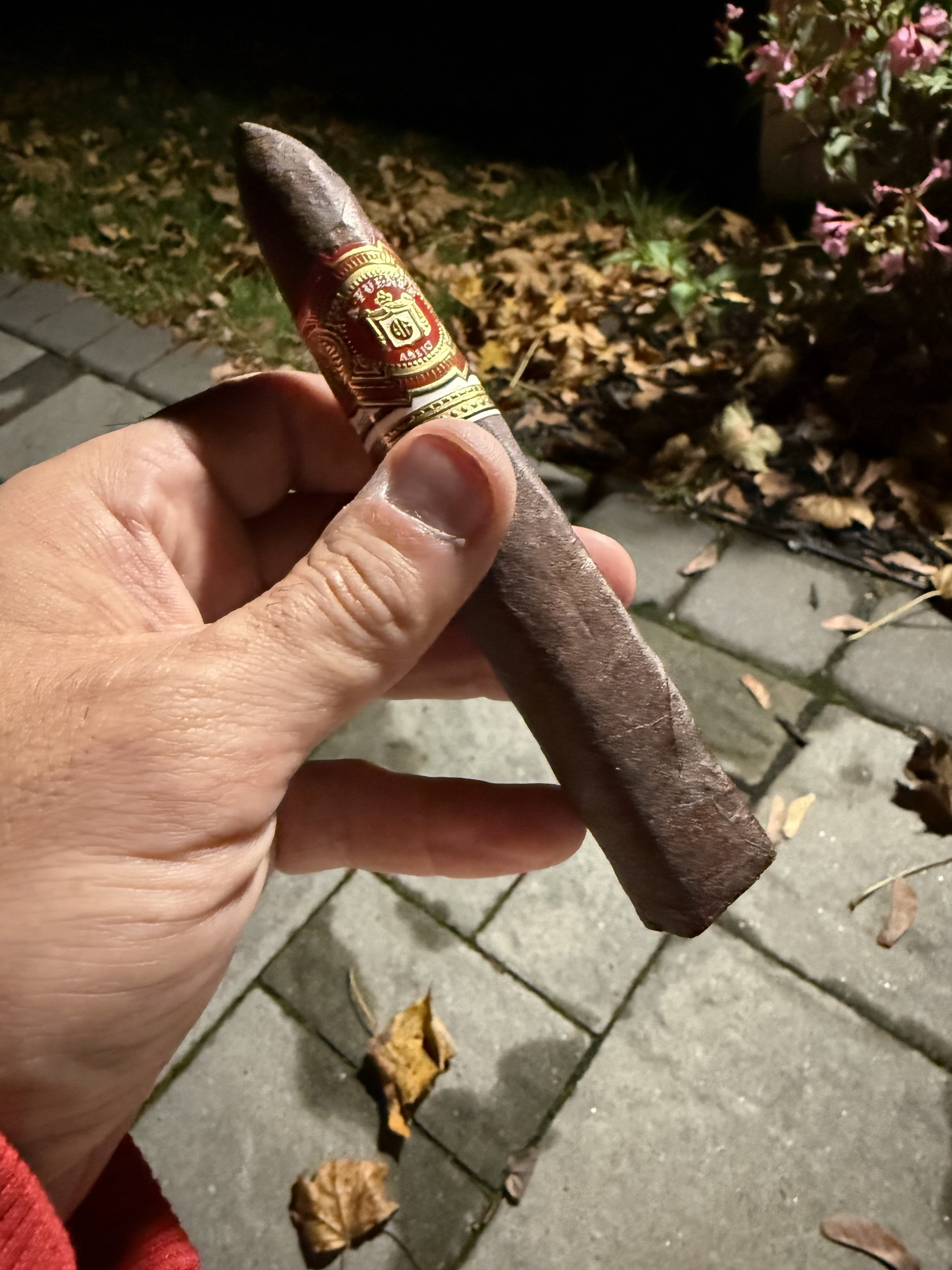 0
0 -
For example the Opus 25 you mentioned. The wrapper is a hybrid of what Fuente calls the original corojo seed and another they developed. In 1999 the original corojo seed that was grown in Cuba was entirely destroyed. Blue mold destroyed the crop and the government ordered all seeds to be destroyed and it hasn’t been grown there since. The closest known descendant of that strain belongs to Julio Eiroa who smuggled seeds out of Cuba when he left. By his own admission, the hybridization and cross breeding done to make the plants less susceptible to disease has made it barely distinguishable to the original.
Now don’t get me wrong, Fuente makes a quality product, but don’t let the “Cuban seed”:marketing mislead you. The curing, aging, fermenting, and the rest of the process they do is great…but every other maker does the same process. All the other makers also use “Cuban seed” in their cigars. Fuente has mastered the art of creating the aura of luxury, rarity, and scarcity.
To each their own on what they like. Just don’t let marketing ploys give you the predetermined notion that one cigar is better than the other.
If it don’t bother me, it don’t bother me. Just leave me alone.
0 -
@Rdp77 said:
Ok, just for reference, “Cuban seed” is a term used by almost every cigar manufacturer as a marketing ploy. Reason being that those of us that smoke more than twice a week and do research on the subject are in the 1% of cigar smokers. The other 99% just want a smoke whenever and correlate cuban and cigars to quality. Those 99% are also the ones that all the manufacturers go after because they already have the rest of us.Any cigar that has a habano, criollo, or corojo wrapper, regardless of where it’s grown, is technically Cuban seed in the way that each strain was originally found to have been grown there. That’s where it ends though. Each of the seeds has been hybridized and crossbred so may times that the genetic makeup is nowhere near the original seeds.
Yes!!! So you just cleared up my point. Yes there are many “cuban seed” tobaccos grown all over the world so it has the genetic line that’s been crossbred so many times over the years. The thing about the “many” of the Opus X is the process from that seed until it is rolled into the cigars. The care and attention, the controlled conditions, plus the environment of where it was grown all plays a part in the cigar. In the 90’s AF did something new when growing Cuban seed and they accomplished something they didn’t think possible. So the Cuban seed is a part of the opus history and their story. That all I’m saying.
1 -
@Vision said:
@Ross_G89 said:
I am referring to the Opus X line. There are a few different types of Opus but they all have a Cuban seed wrapper. It’s what defines the brand.Few…Nope, Many.
But I would like to get your opinion on this one. I know this is a core line Fuente cigar but what are your thoughts? I’m assuming that they have these on the shelf of your local B&M currently? Would you happen to know the cost?

That there is the AF Anejo. It’s a premium cigar for sure. One of there more tastier cigars. I can’t tell for sure but it looks like the shark. I have had many Anejos, they are on my A list for sure. Honestly if you were to buy it retail at a B&M it could go for $25-$35/stick. But you can get them online for much cheaper. Just not in a box.
0 -
I don’t know if you wanted the full history of that cigar lol all I know about that cigar is that it’s one of Arturo Fuentes more premium cigar. It’s known because of its Connecticut wrapper that is aged in cognac barrels.
0 -
Sorry I’m using voice text and it’s misspelling ****!
0 -
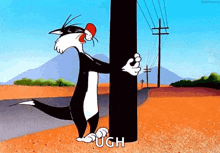
If it don’t bother me, it don’t bother me. Just leave me alone.
2 -
I admire your detail and history behind the cuban seed. Yes, the blue mold did wipe out the tobacco fields in the late 50’s, so you’re right, Cuban seed is not what it used to be and they had to find a more resistant plant. Meaning the Cubans we smoke today are not the true Cuban seed. Theirs is only a few boxes of Cuban cigars left in the world that were rolled pre 1959 which have been aging ever since.
I would love to have more conversations with you!0 -
@Ross_G89 said:
I don’t know if you wanted the full history of that cigar lol all I know about that cigar is that it’s one of Arturo Fuentes more premium cigar. It’s known because of its Connecticut wrapper that is aged in cognac barrels.Wow. You are good…. ChatGPT is better. But you knew that……🫣😮 Heck, if you ask how much it costs or what you should expect to pay it even tells you $27.99 - $36.00. Wow you’re accurate!
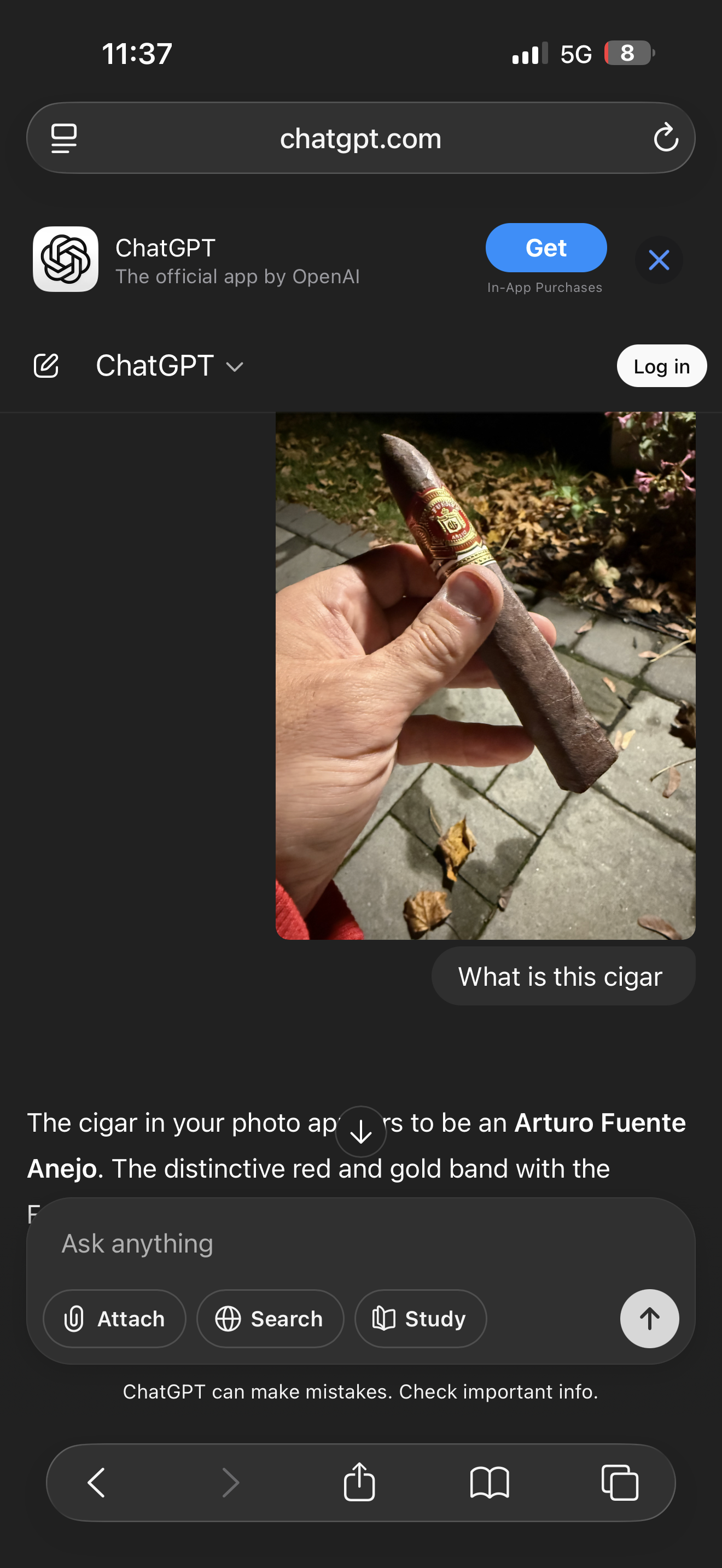
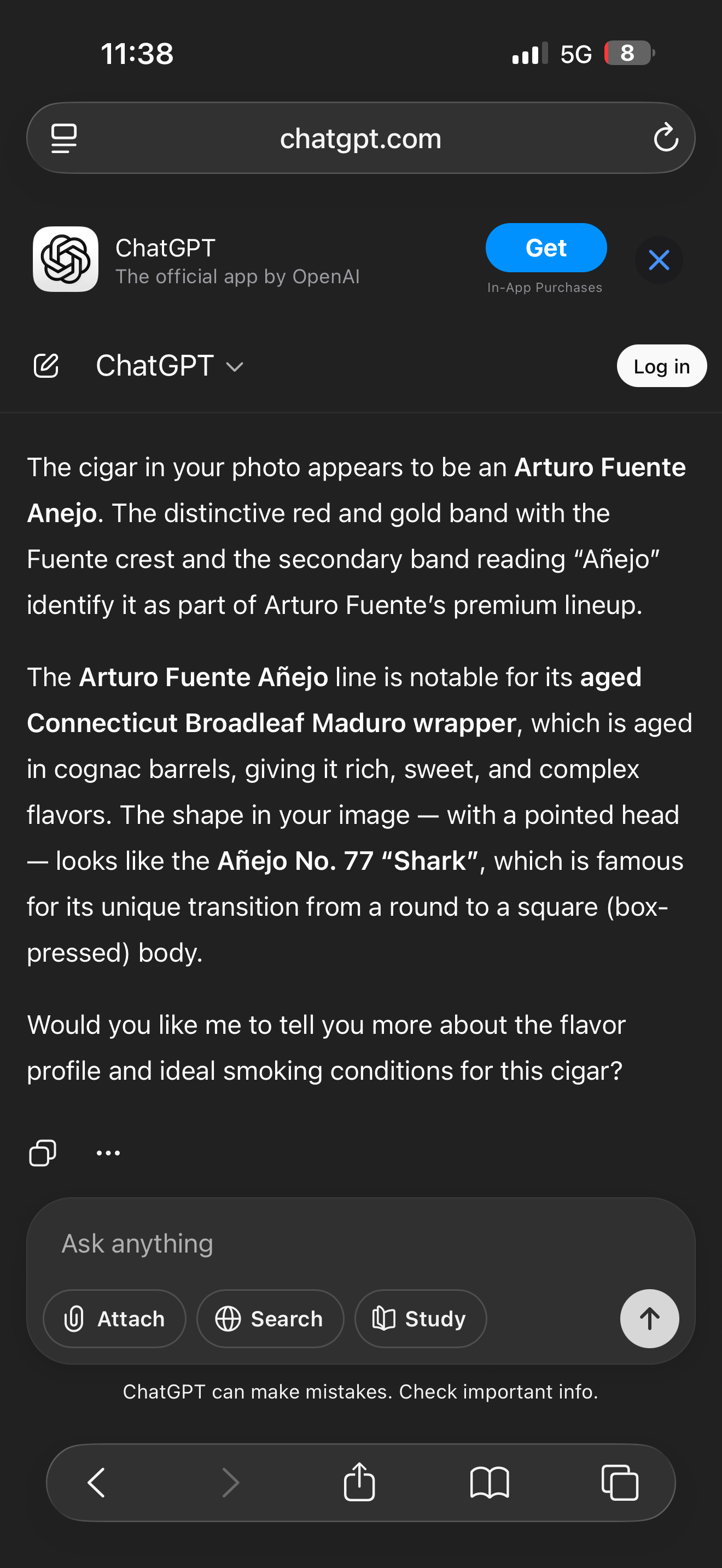 -1
-1 -
@Ross_G89 said:
@Rdp77 said:
Ok, just for reference, “Cuban seed” is a term used by almost every cigar manufacturer as a marketing ploy. Reason being that those of us that smoke more than twice a week and do research on the subject are in the 1% of cigar smokers. The other 99% just want a smoke whenever and correlate cuban and cigars to quality. Those 99% are also the ones that all the manufacturers go after because they already have the rest of us.Any cigar that has a habano, criollo, or corojo wrapper, regardless of where it’s grown, is technically Cuban seed in the way that each strain was originally found to have been grown there. That’s where it ends though. Each of the seeds has been hybridized and crossbred so may times that the genetic makeup is nowhere near the original seeds.
Yes!!! So you just cleared up my point. Yes there are many “cuban seed” tobaccos grown all over the world so it has the genetic line that’s been crossbred so many times over the years. The thing about the “many” of the Opus X is the process from that seed until it is rolled into the cigars. The care and attention, the controlled conditions, plus the environment of where it was grown all plays a part in the cigar. In the 90’s AF did something new when growing Cuban seed and they accomplished something they didn’t think possible. So the Cuban seed is a part of the opus history and their story. That all I’m saying.
And then this…..
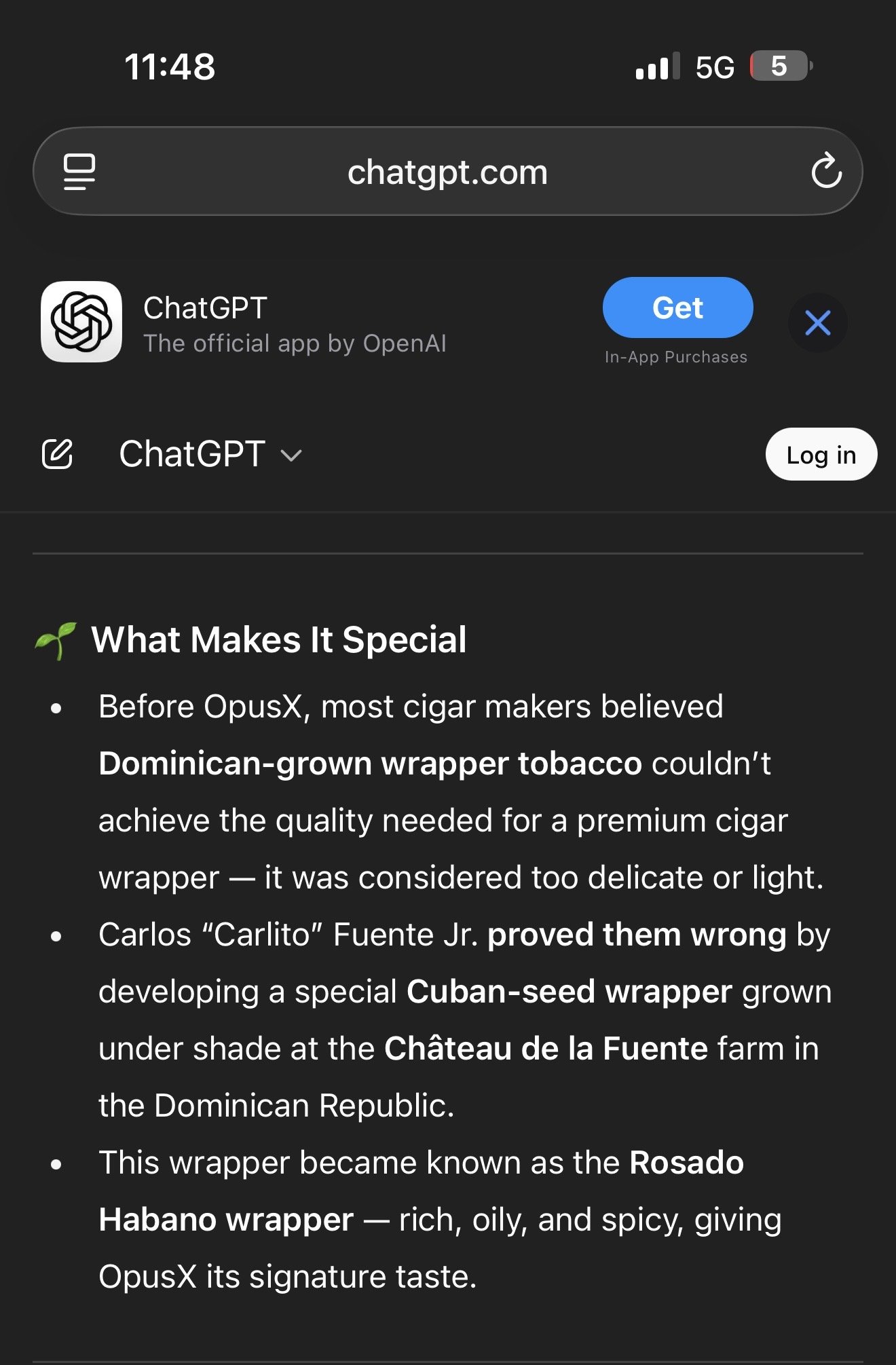 0
0 -
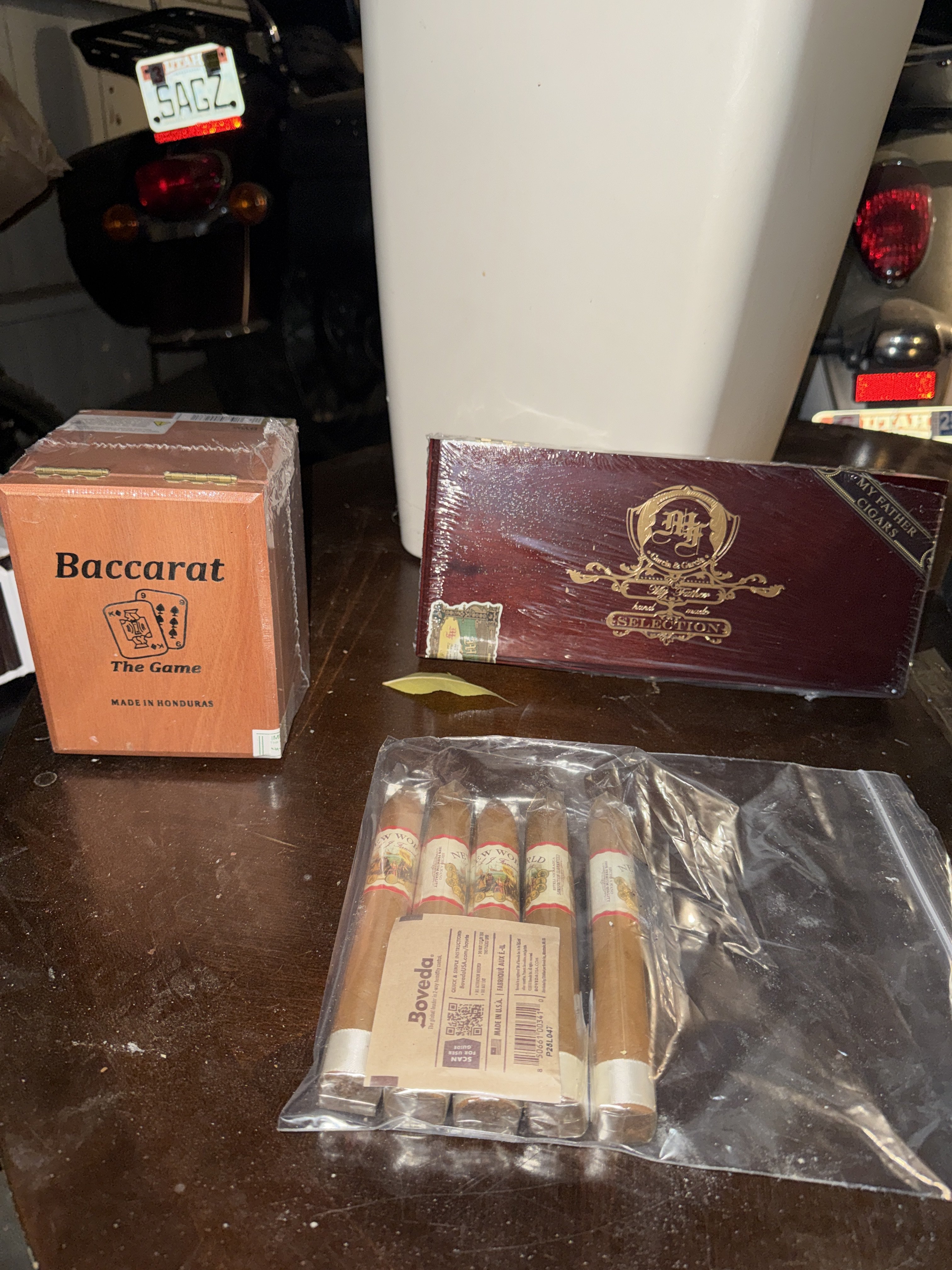 7
7 -
@Vision said:
@Ross_G89 said:
I don’t know if you wanted the full history of that cigar lol all I know about that cigar is that it’s one of Arturo Fuentes more premium cigar. It’s known because of its Connecticut wrapper that is aged in cognac barrels.Wow. You are good…. ChatGPT is better. But you knew that……🫣😮 Heck, if you ask how much it costs or what you should expect to pay it even tells you $27.99 - $36.00. Wow you’re accurate!


Hahaha ChatGPT?! Well it may know better @Vision but I don’t need ChatGPT to tell me about cigars, I just know about them and have a lot of experience. Not to mention ChatGPT isn’t always accurate. It’s not reliable enough for me to use it on something I am passionate about. Keep trying there my friend. You got this!
0 -
Guys!!!! Get the F@€K off this thread. Take it somewhere else. Seriously!
Regarding a cigar, the pipe and the open road, go forward without hurry, learn the essence of things through frequent experiences, taking advantage of every occasion.
5 -
@OmgFrigginMike said:

Very Nice 👍
2 -
@OmgFrigginMike said:

OMG! NEW WORLD cigars! Someone falsely recommended them to me haha I have to try them! They look great! Let me know what you think of them.
0 -
-
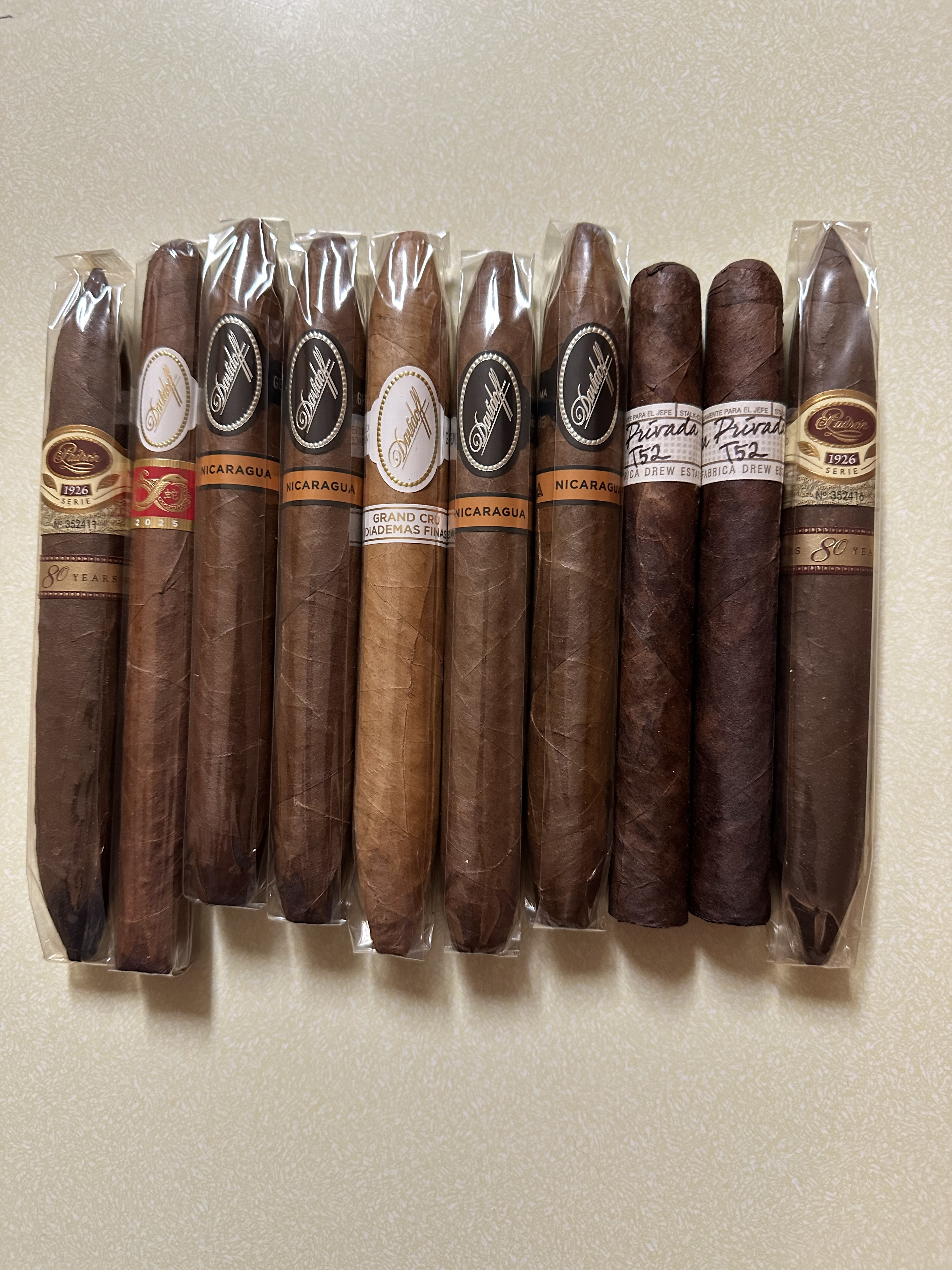 "If you do not read the newspapers you're uninformed. If you do read the newspapers, you're misinformed." -- Mark Twain13
"If you do not read the newspapers you're uninformed. If you do read the newspapers, you're misinformed." -- Mark Twain13 -
Road guards from @EgoBoundary. Thank you Ernest! Most generous!
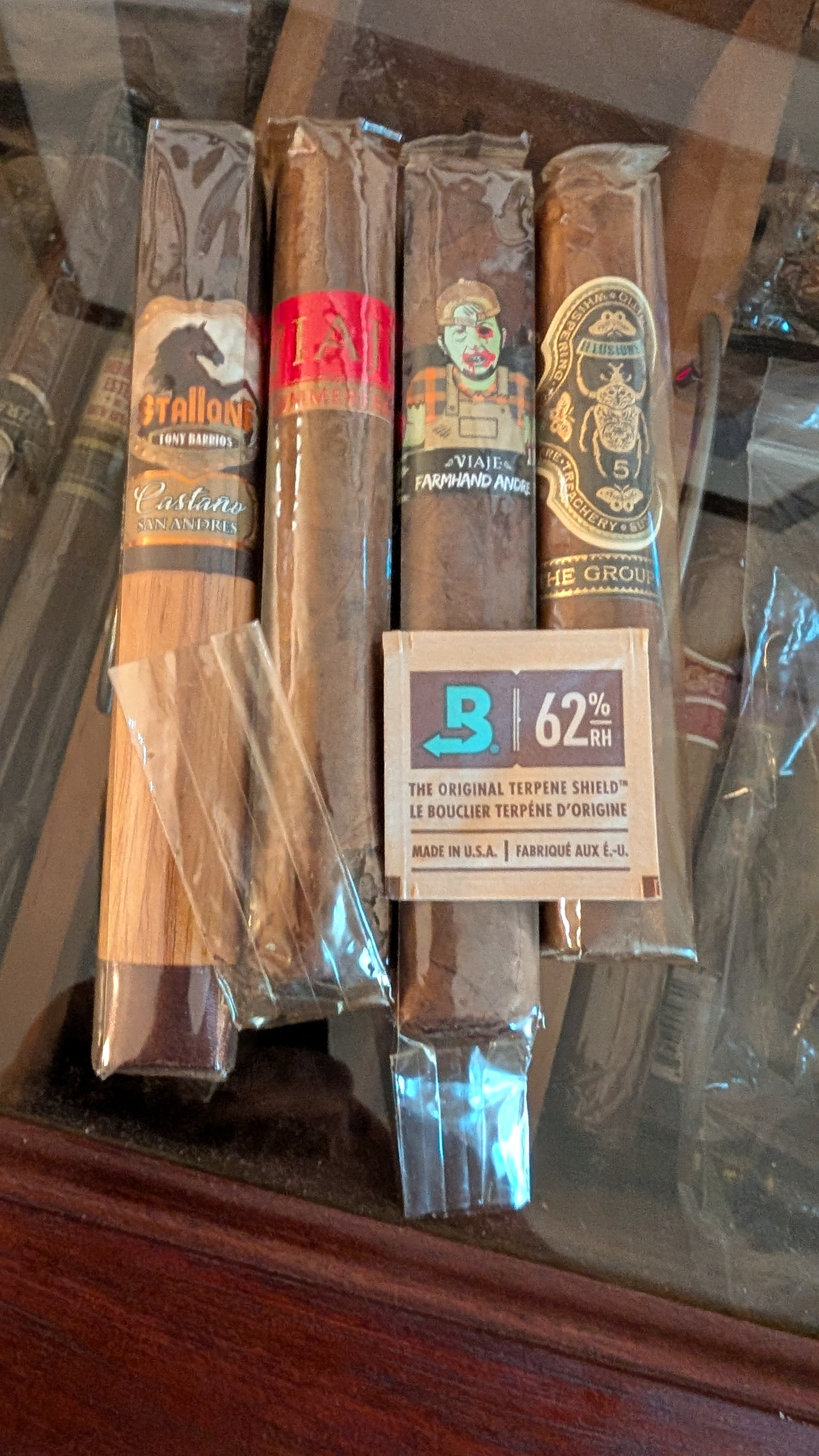 I am the Troll Jesus. Follow me, my children, or clutch your pearls tightly.
I am the Troll Jesus. Follow me, my children, or clutch your pearls tightly.
@ScotchnSmoke still sux lots of large wéiners. And tons of small ones.7 -
@Itsfine said:
Road guards from @EgoBoundary. Thank you Ernest! Most generous!
Very Nice
1 -
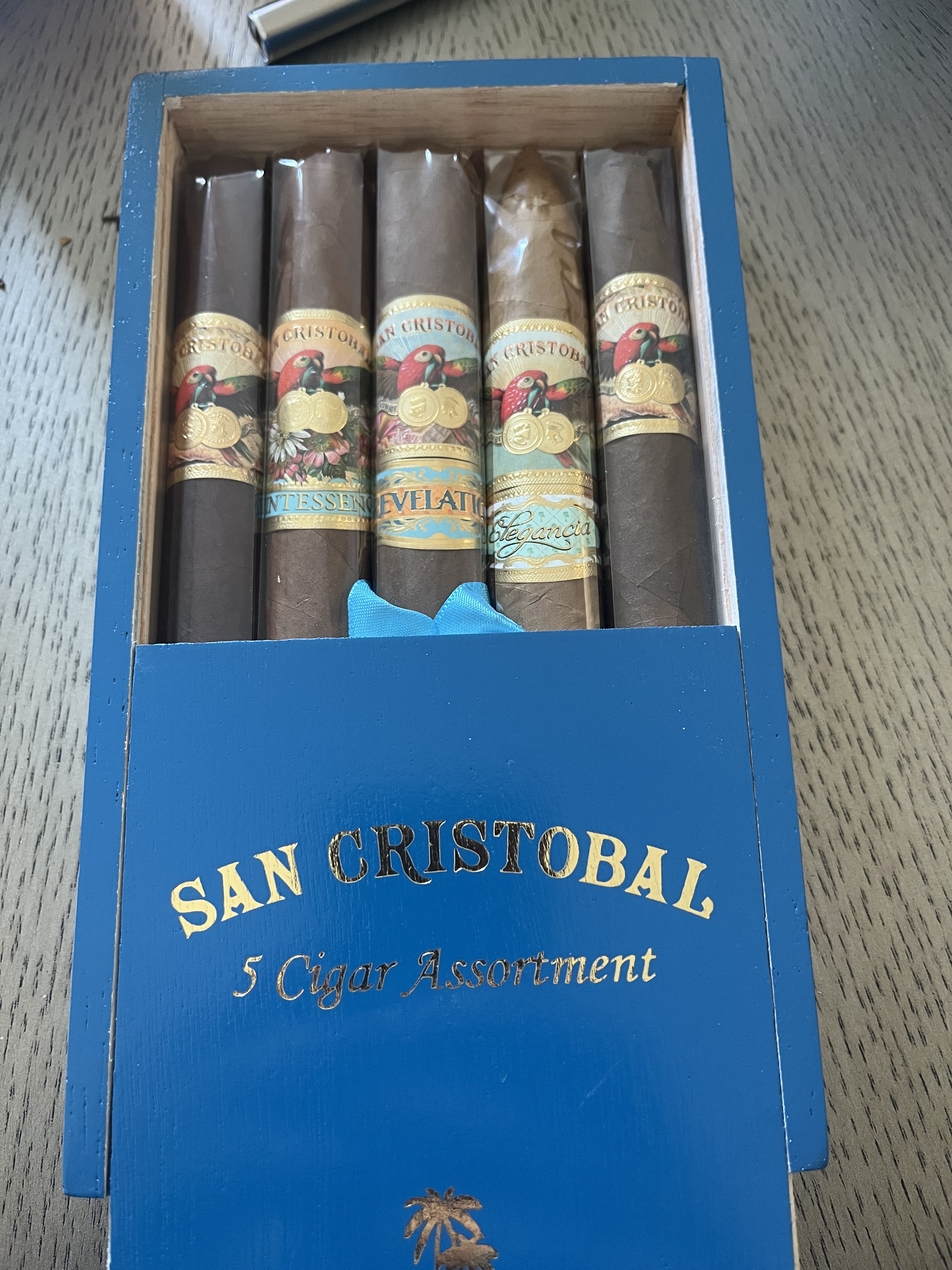
Package 1 of 4 has arrived!
9 -
Yes!!! Haha but I’m sure they gonna be amazing! 😉
1 -
Bought some Black Works Studio Rorschach Sumatra Short Robustos. Unfortunately they have switched from Indonesia Sumatra to Ecuador Sumatra wrappers on the current batch., Although I still like them it's not the same.
6 -
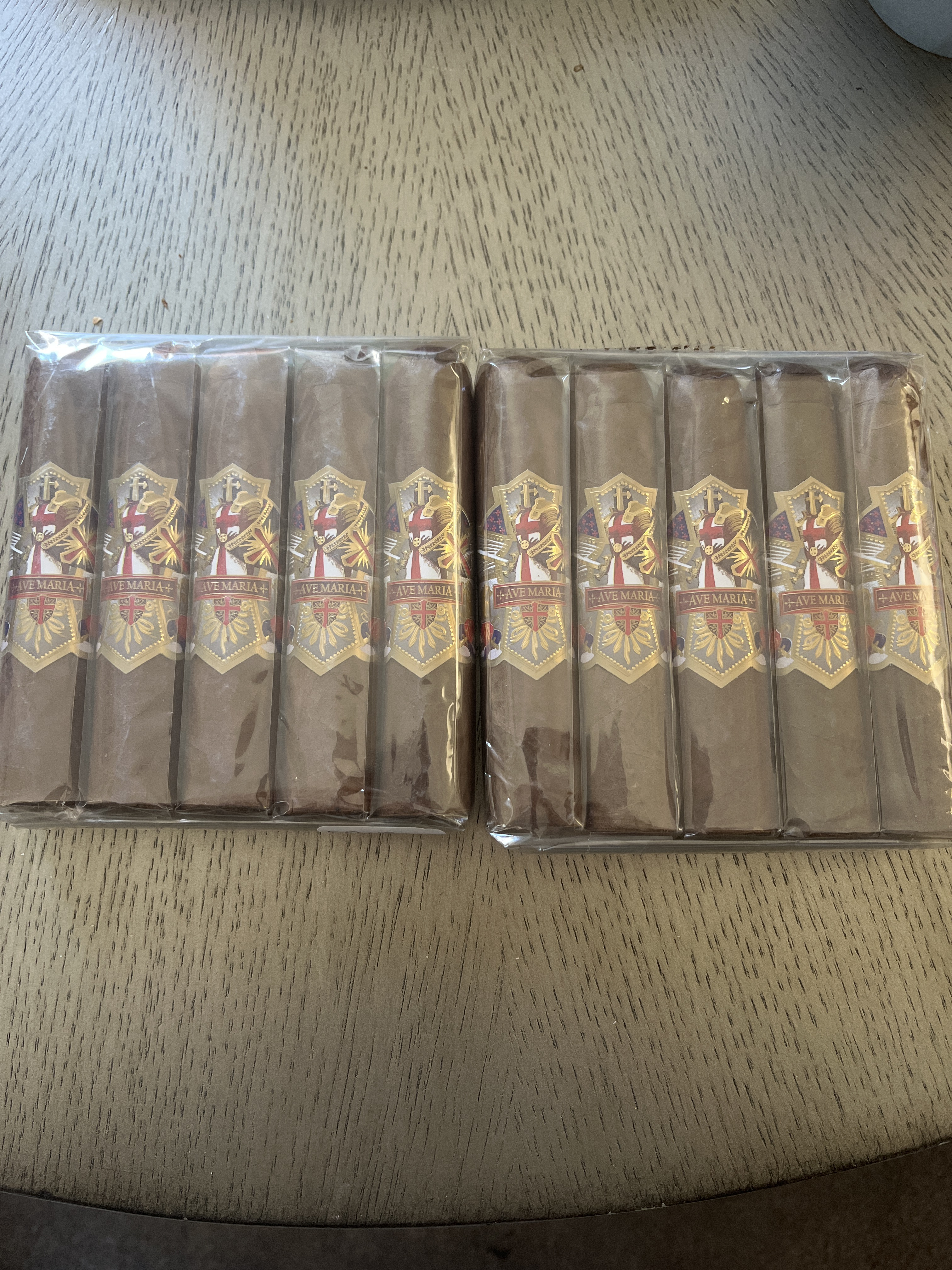
Package 2 of 4 delivered! Had to try the 5 packs. Haha they look great!10 -
FINALLY!!! Received my S&S package 🤙🏼
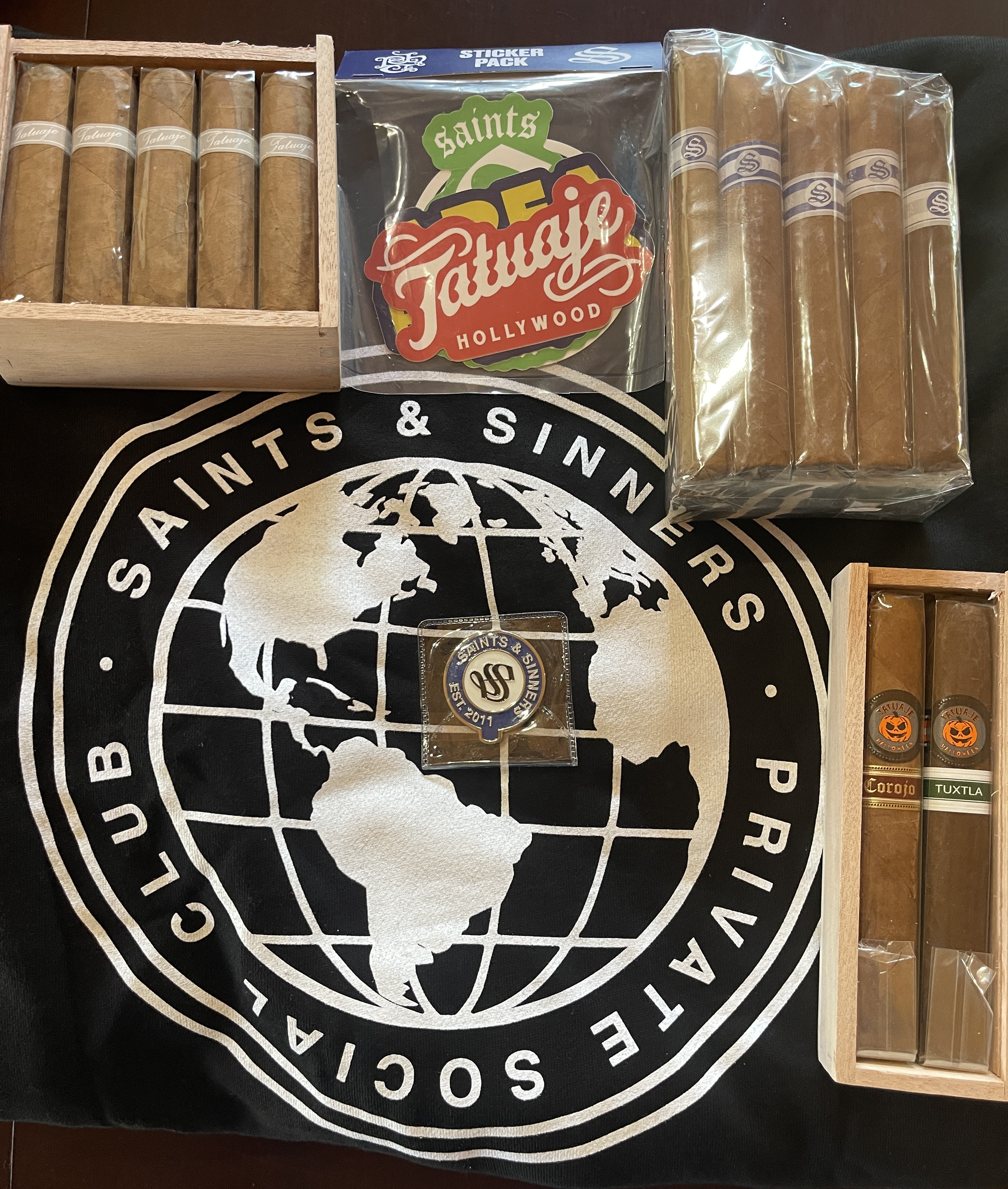
Regarding a cigar, the pipe and the open road, go forward without hurry, learn the essence of things through frequent experiences, taking advantage of every occasion.
14 -
From @dirtdude
My pics as the receiver
I can't Thank you enough and really appreciate it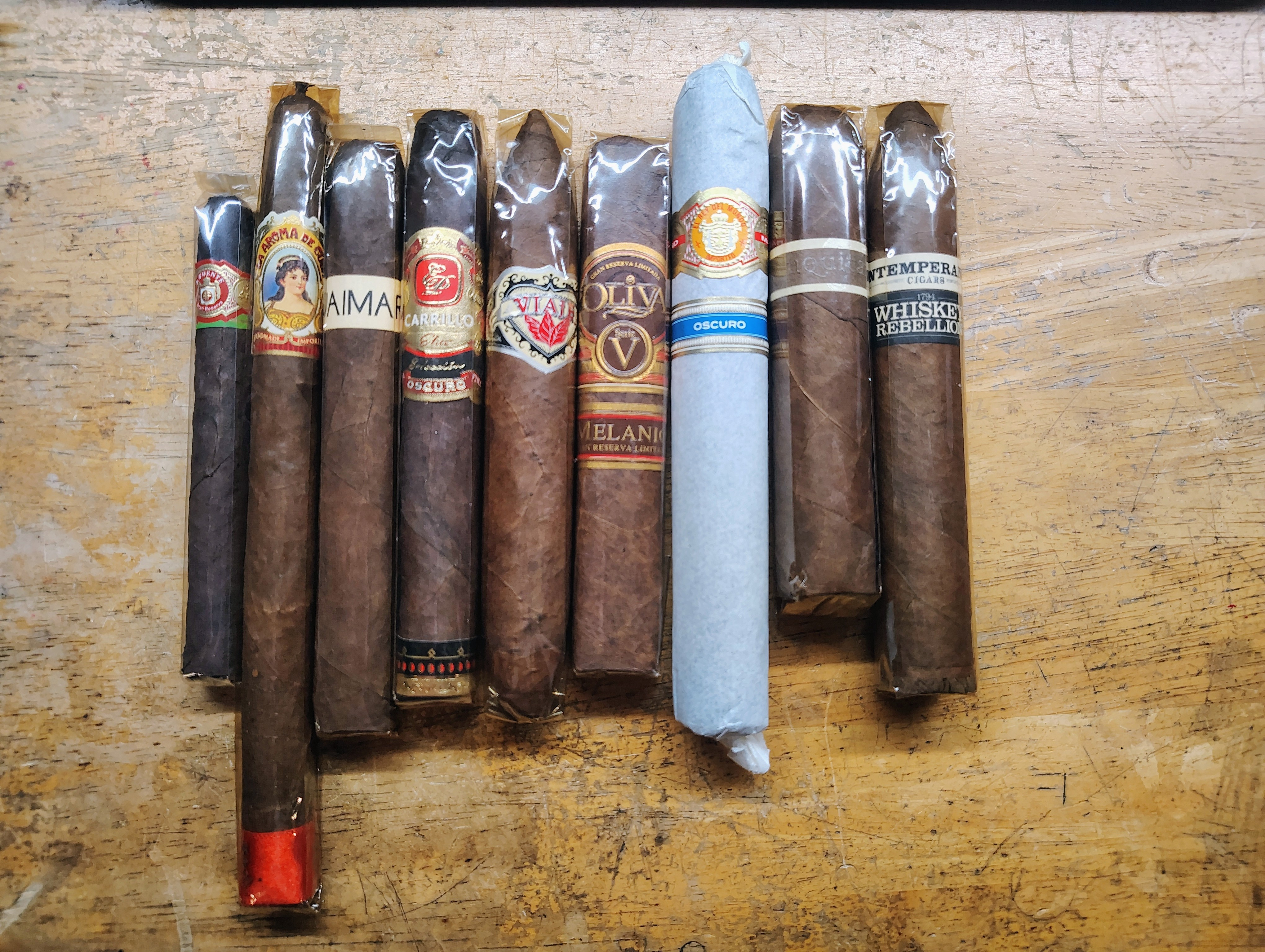 12
12


